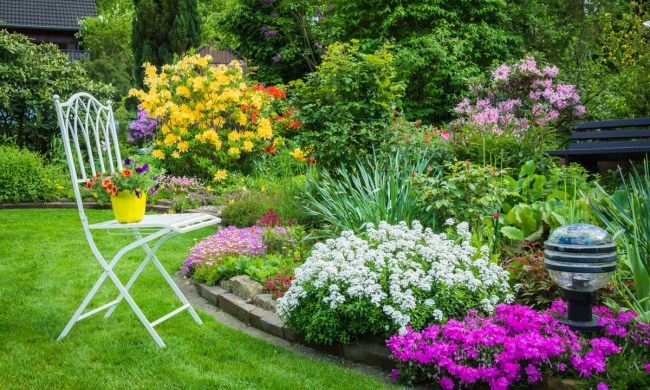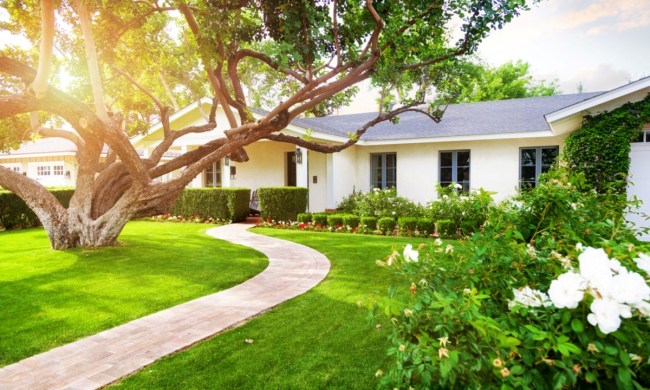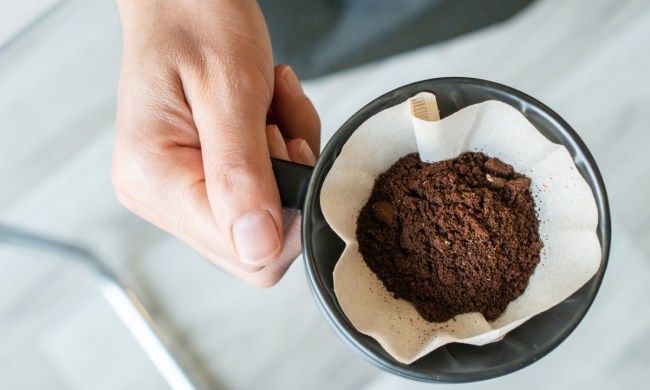Flower boxes are a versatile and easy way to add color and greenery to your home. Whether hung on decks or porch rails, on fences, or window sills, flower boxes can provide a way for anyone to exhibit their green thumb capabilities—even apartment and condo dwellers with no yard of their own.
 How to set up your flower box
How to set up your flower box
- Make sure that the window box you select will hold up to possible freezing and frost cycles.
- When setting up your window box, be sure there is room for air circulation around the box. Be sure water can drain from the window box away from your house to prevent water damage.
- When installing your window box, be sure it is secured well to your banister, rail, or fence. Window boxes in exposed locations will need to stand up to strong winds, so this is one area where going overboard to secure the box is very prudent.
Wondering what to do with old flower pots?
Have old flower pots that are chipped, not your style, or just plain unattractive? You can actually use them inside your window box. Plant your greenery inside your old flower pot and use your window box as a container to house the potted plants inside. You can top the assortment of potted plants with moss or a layer of mulch (a nice insulator when the temperatures start to dip).
 What to put in flower pots besides flowers
What to put in flower pots besides flowers
Flowers are beautiful, and they add vibrant color to window boxes, but they aren’t the only type of planting that works in a window box. There are many other options available when looking for alternatives to flowers.
Since flower boxes can only hold a limited amount of soil, it’s important to pair plants that have similar watering and soil needs. If planting different plants within the same window box, you’ll want to be mindful of scale—taller plants with shorter plants, those that grow out and trail from within the window box, and those that are more compact.
Here are some of our favorite non-flower plants for a flower box
Herbs: Having an herb garden in your flower box is the perfect alternative to flowers! Not only do the herbs add beautiful greenery, but they are fragrant and edible. Imagine walking outside and snipping off a few leaves from your mint plant or scallions to give your recipe that fresh finish you cannot get from dried herbs. Rosemary is one of our favorites and one of the heartiest herb plants around; it will survive winters in many growing regions and come back better in the spring.
Creeping juniper: Growing about 6 inches high, creeping juniper spreads horizontally rather than vertically, making it ideal for flower boxes. It thrives in full sunlight and fast-draining soil.
Creeping raspberry: Traditionally used as ground cover, creeping raspberry grows to about 3 inches high. Planted near the front of the flower box, it will spill over the front with beautiful trailing greenery.
Succulents: While many succulents work perfectly in flower boxes, we love the succulents known as houseleeks or hens and chicks. Serving as ground cover within the flower box, they grow to resemble tufted rosettes and add architectural interest to your arrangement. Their low profile makes them particularly wind-resistant, so they work exceptionally well in window boxes.
Flower boxes offer anyone the ability to have their own mini garden—regardless of property size (or lack thereof). With a little bit of planning and minimal work, it’s easy to create a flower box that’s visually appealing, hardy, and, in some cases, even edible! Whether you pride yourself on your green thumb or you’re all thumbs when it comes to gardening, anyone can put together a beautiful flower box that will become an enhancement to your home or apartment.
 How to set up your flower box
How to set up your flower box What to put in flower pots besides flowers
What to put in flower pots besides flowers


